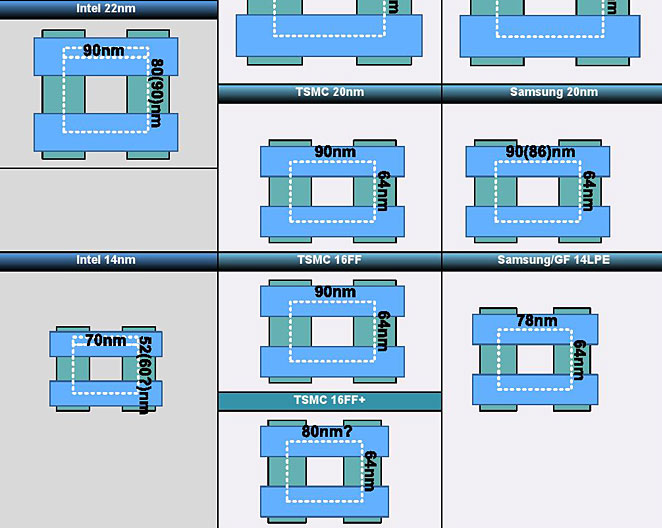Irobot82
Member
As for AMD's near term plans, the dual-Fiji card, codenamed Gemini (which is widely expected to be R9 Fury X2) its release as been delayed pushed into 2016, to be aligned with VR headset launches.
Anandtech has a big article up on the problematic state of multi-GPU SLI, CrossFire and Alternate Frame Rendering tech.
http://www.anandtech.com/show/9874/amd-dual-fiji-gemini-video-card-delayed-to-2016
This makes it sound like it'll be one core per "eye" in VR. Is that possible?

